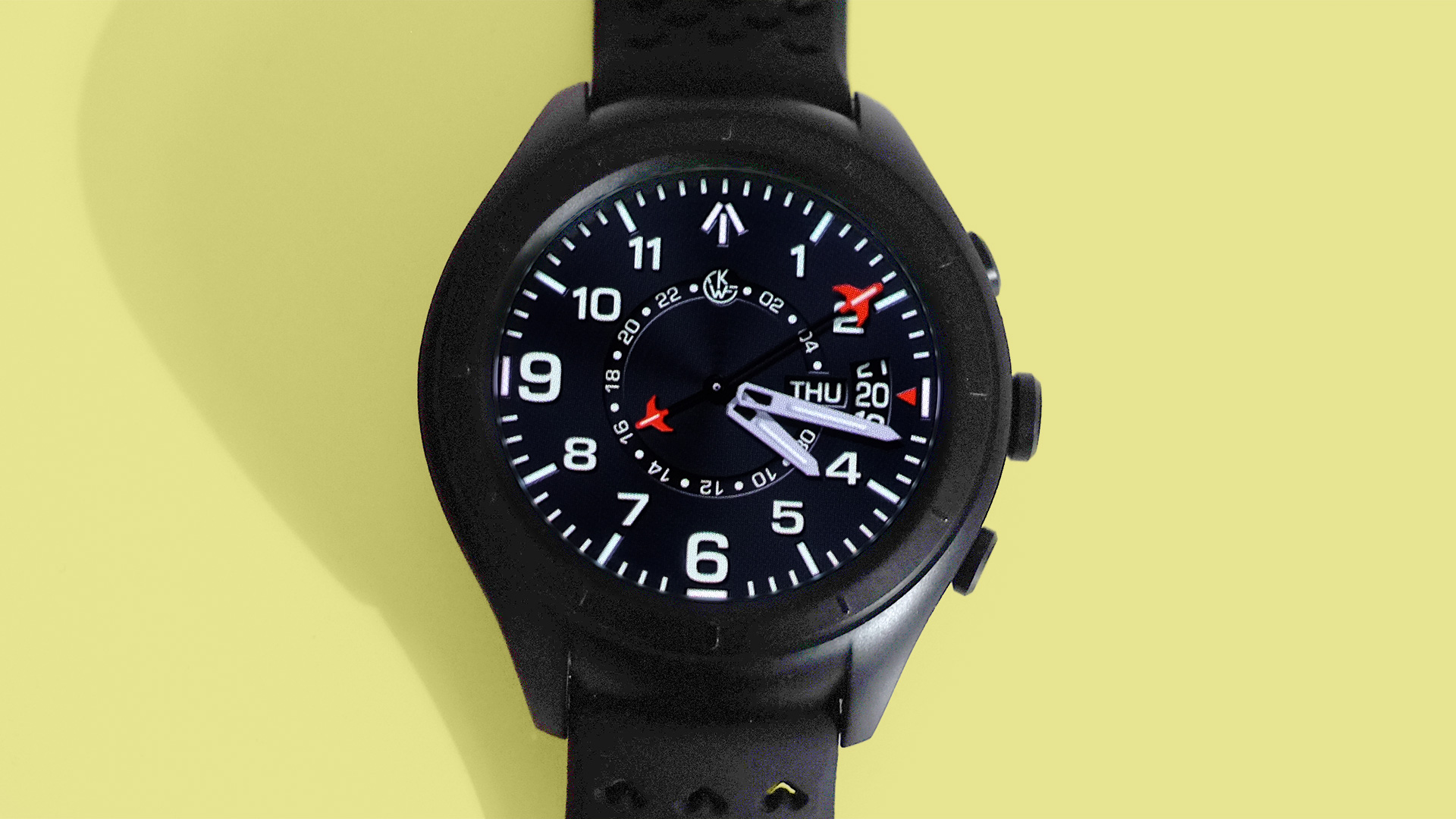Wear OS smartwatches now finally support dynamic watch faces
A change that should have come years ago

The selection of Wear OS watch faces is rather limited, in terms of variation more than actual selection, as few are very different from a typical watch face. That could change dramatically now though, as Google has made a tweak to how watch faces work which could fundamentally change them.
In a post on the Android developer site, Google has explained that Wear OS watch faces can now make the most of 'hardware acceleration' - that is, they can utilize the processing power of smartwatches with good chipsets or lots of RAM.
- These are the best Wear OS smartwatches
- Check out our Moto 360 review
- What you need to know about watchOS 7
The benefit of this will be that frame rates will be boosted, so animations and transitions (including watch hands moving, or different menus shifting about) will look a lot smoother, and more pleasing to the eye.
This also likely means that ambitious designers will be able to start to make watch faces that are more dynamic and 'fun', dropping the classic watch face look for designs that are more complex and fun - at least for advanced smartwatches.
Wear OS changes, for better or worse
Since Wear OS developers can now implement this change in their software, it won't be long at all until you can start seeing these hardware-accelerated watch faces, and it's possible faces you already have will start being updated with this change soon too, even if it's just for smoother hand movements.
Another possible side effect of this change is that certain watch faces could be better for saving battery and extending your smartwatch's life, as certain Wear OS processors have battery-saving software that will now come into play on the watch face. However if you download a new watch face with a higher frame rate, this will likely have the opposite effect and reduce your watch's life.
Since battery life is a common problem on Wear OS smartwatches, with few lasting much longer than a day, this hardware acceleration trick could provide watch faces that go some way towards solving the problem, or make it even worse.
Get daily insight, inspiration and deals in your inbox
Sign up for breaking news, reviews, opinion, top tech deals, and more.
Via GSMArena

Tom Bedford joined TechRadar in early 2019 as a staff writer, and left the team as deputy phones editor in late 2022 to work for entertainment site (and TR sister-site) What To Watch. He continues to contribute on a freelance basis for several sections including phones, audio and fitness.